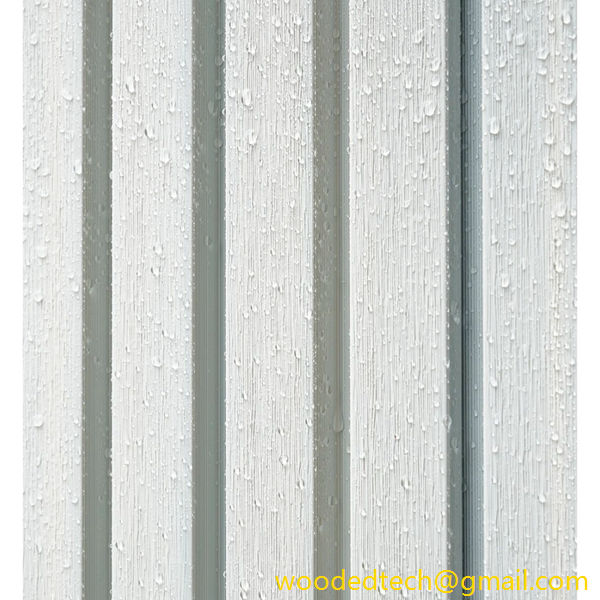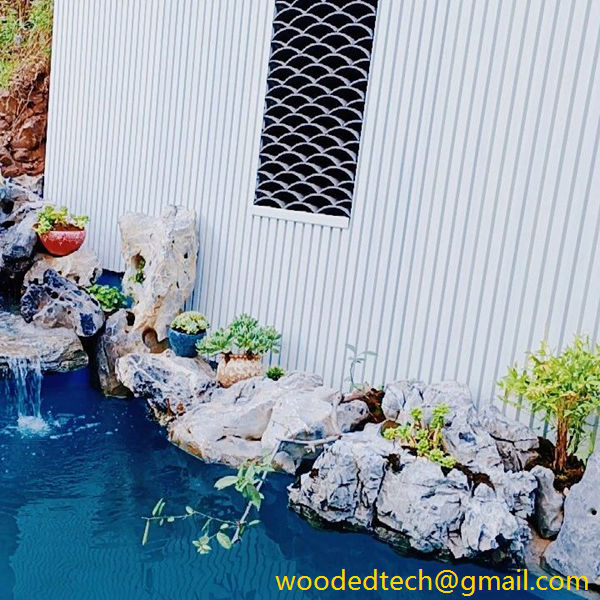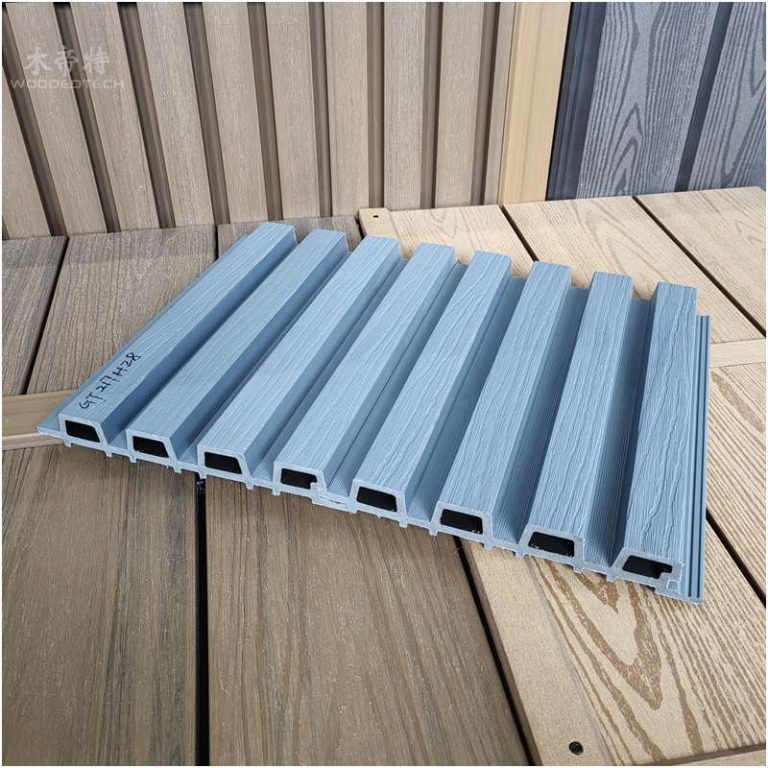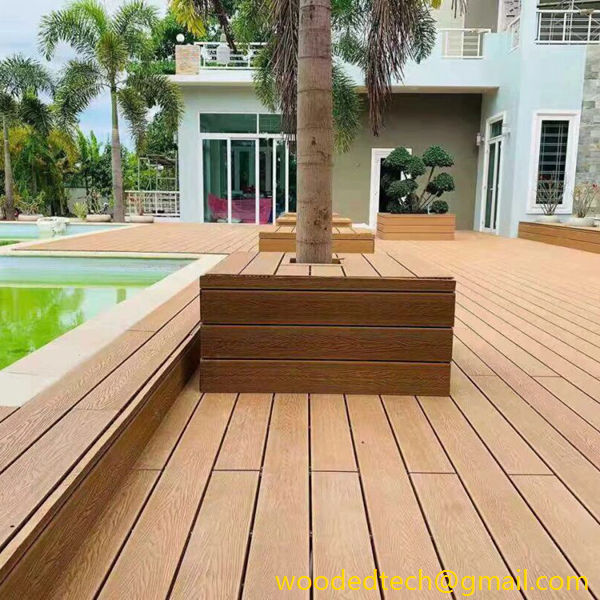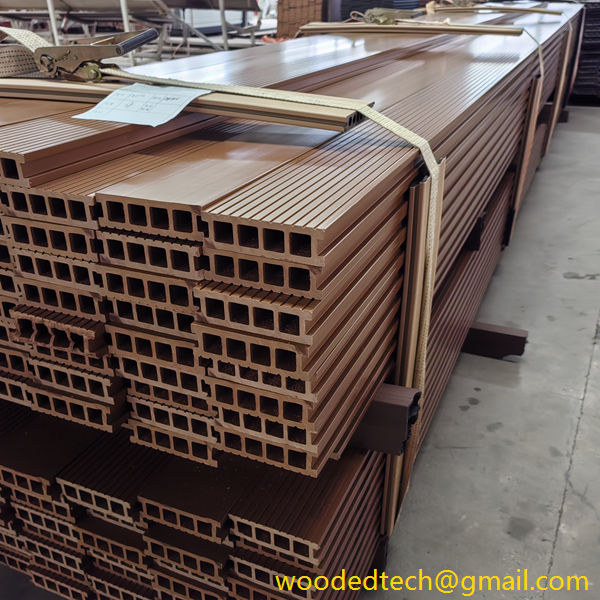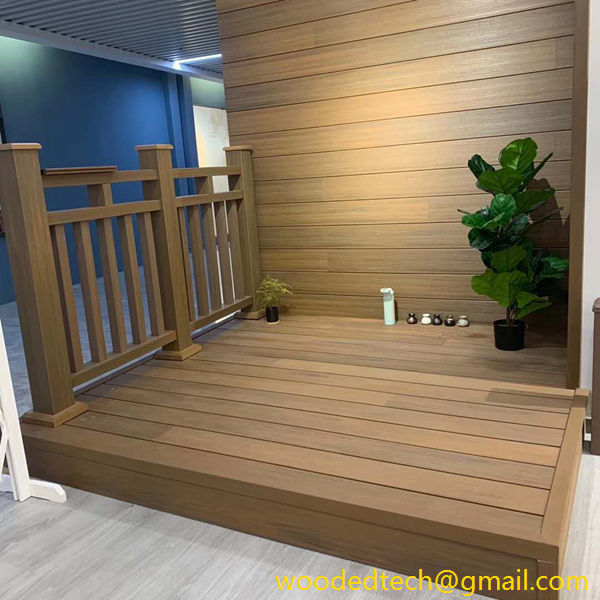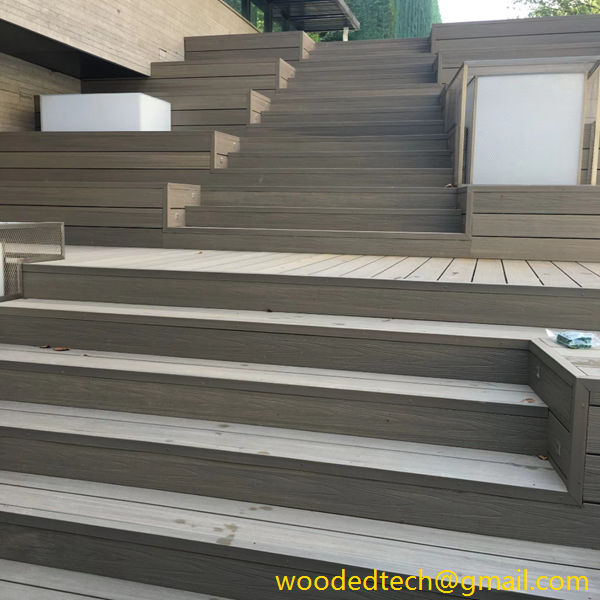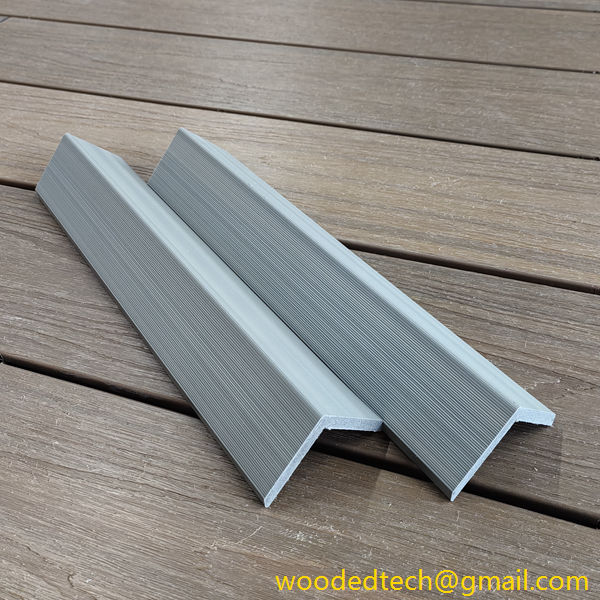Choose WPC Cladding White for a Clean and Modern Look
Choose WPC Cladding White for a Clean and Modern Look When it comes to enhancing the exterior of a home or commercial building, the choice of materials plays a crucial role in both aesthetics and functionality. Among the myriad of options available, Wood Plastic Composite (WPC) cladding, particularly in a clean and modern white finish,…
Choose WPC Cladding White for a Clean and Modern Look
When it comes to enhancing the exterior of a home or commercial building, the choice of materials plays a crucial role in both aesthetics and functionality. Among the myriad of options available, Wood Plastic Composite (WPC) cladding, particularly in a clean and modern white finish, has gained significant popularity. This innovative material combines the best features of wood and plastic, offering a unique blend of durability, low maintenance, and visual appeal. In this article, we will explore the benefits of choosing WPC cladding in white, how it contributes to a contemporary look, and the customizable options that make it an ideal choice for various architectural styles.
WPC cladding is engineered from a mixture of wood fibers and recycled plastic, resulting in a composite material that retains the natural beauty of wood while eliminating many of its drawbacks. One of the standout features of WPC cladding is its durability. Unlike traditional wood, which is susceptible to rotting, splitting, and insect infestations, WPC is resistant to these issues, making it an excellent long-term investment. Its ability to withstand harsh weather conditions, including extreme temperatures, heavy rain, and UV exposure, ensures that the white finish remains vibrant and attractive for many years.
The clean and modern look that white WPC cladding provides is another compelling reason to consider this material. White represents purity and simplicity, making it a favorite in contemporary architecture. Whether used in residential homes or commercial buildings, white cladding can create a striking visual impact, enhancing the overall design and making a bold statement. The use of white can also help to reflect light, making spaces appear brighter and more inviting. This is especially beneficial in urban environments where natural light may be limited.
One of the most appealing aspects of WPC cladding is its versatility. Available in various styles, textures, and finishes, WPC can be customized to meet the unique aesthetic preferences of homeowners and architects alike. For those looking to achieve a sleek and modern appearance, smooth finishes are an excellent choice, providing a minimalist look that complements contemporary designs. Alternatively, for a more rustic or natural feel, WPC cladding can be textured to replicate the appearance of traditional wood grains, allowing for a blend of modernity and warmth.
Customization extends beyond just finish and texture. WPC cladding is available in various profiles and dimensions, allowing for greater creativity in design. Whether it is horizontal or vertical installation, wide or narrow boards, or even intricate patterns, the possibilities are virtually limitless. This flexibility enables architects and designers to create unique facades that stand out while maintaining the desired modern aesthetic.
In addition to its aesthetic qualities, WPC cladding is also environmentally friendly. As a composite material, it utilizes recycled plastics, contributing to the reduction of plastic waste in landfills. The wood fibers used in its production are often sourced from sustainable forests, ensuring that the material is both eco-friendly and responsible. This sustainability aspect appeals to environmentally conscious consumers who are looking to make choices that benefit the planet.
Maintenance is another significant consideration when choosing cladding materials. Traditional wood requires regular painting, staining, and sealing to maintain its appearance and prevent deterioration. In contrast, WPC cladding is remarkably low maintenance. It does not require painting or staining and can be easily cleaned with soap and water. This ease of maintenance not only saves time and effort but also reduces long-term costs associated with upkeep.
Moreover, WPC cladding is designed to be slip-resistant, making it a safer option for outdoor applications. This feature is particularly advantageous for areas exposed to moisture, such as poolside decks or patios, where traditional materials may become slippery and hazardous. The added safety benefits further enhance the appeal of WPC cladding for both residential and commercial settings.
Another important aspect to consider is the installation process. WPC cladding is designed for straightforward installation, often utilizing clip systems that require fewer tools and can be completed more quickly than traditional wood cladding. This efficiency not only reduces labor costs but also ensures that projects can be completed on time, allowing homeowners and businesses to enjoy their new exteriors sooner.
In conclusion, choosing white WPC cladding for a clean and modern look is an excellent decision for anyone looking to enhance their property’s exterior. The material’s durability, low maintenance requirements, and customizable options make it an ideal choice for a wide range of architectural styles. Its aesthetic appeal, combined with environmentally friendly attributes, positions WPC cladding as a forward-thinking solution for today’s design challenges. Whether for a sleek contemporary home or a stylish commercial building, white WPC cladding offers an elegant and timeless appearance that can elevate any space. Embracing this innovative material not only transforms the visual impact of a property but also ensures longevity and sustainability, making it a wise investment for the future.

